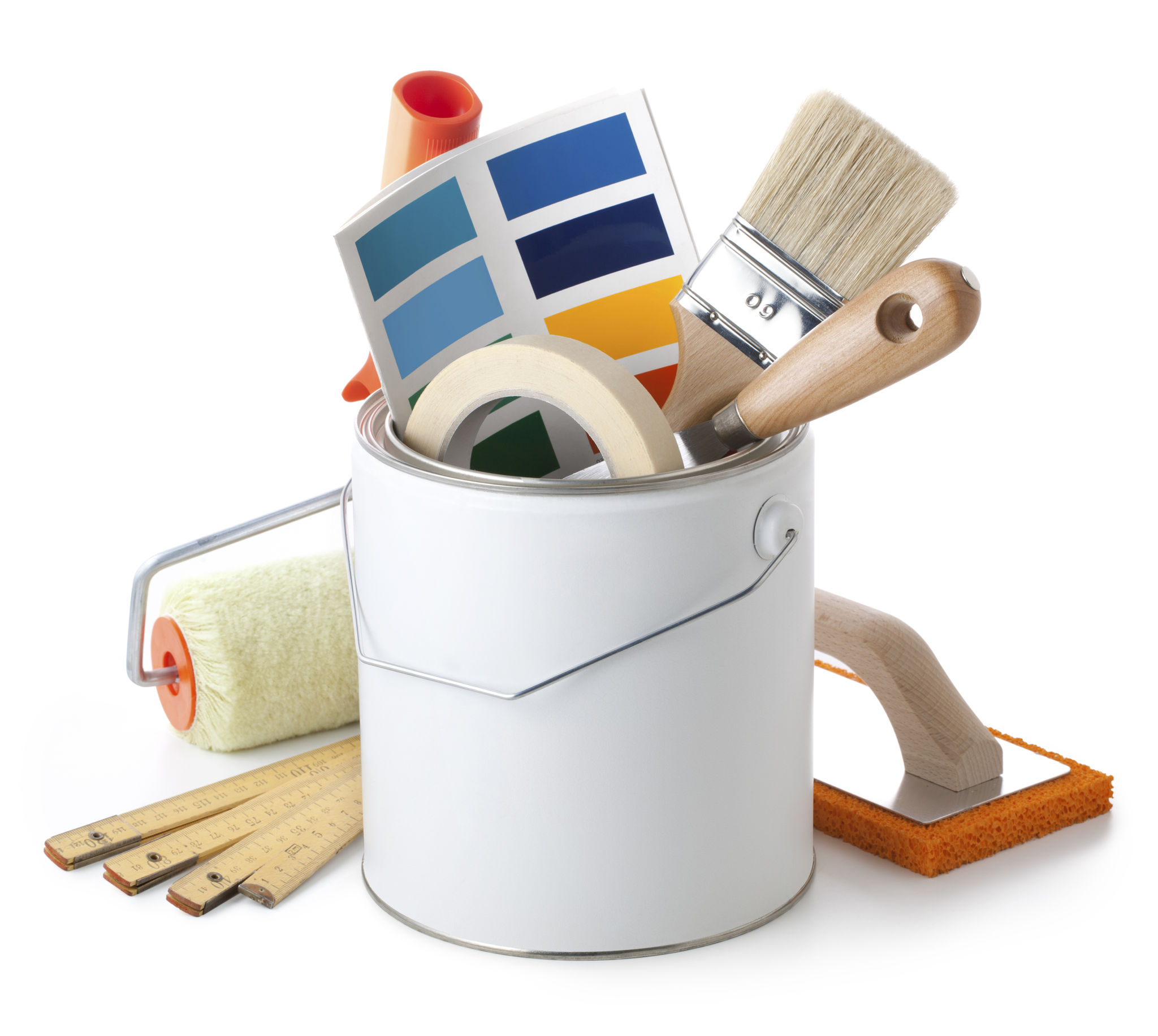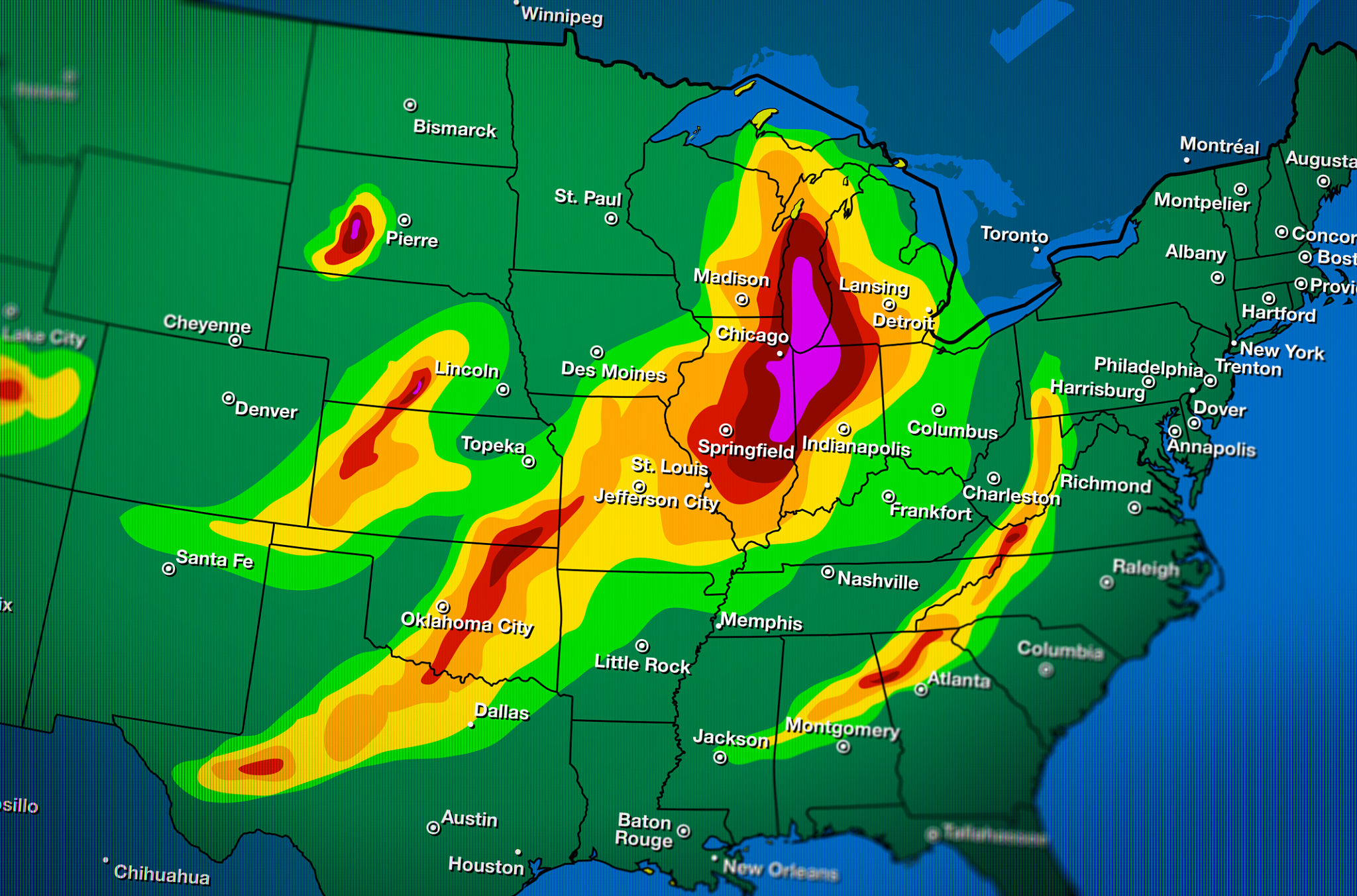Common Mistakes to Avoid When Painting Your Home
Choosing the Wrong Paint Type
One of the most common mistakes when painting your home is selecting the wrong type of paint. Whether you are painting interior walls or exterior surfaces, it is crucial to choose a paint that suits the specific location and conditions. For example, using interior paint on exterior surfaces or vice versa can lead to poor results and reduced durability.

Understanding Paint Finishes
Paint finishes play a significant role in the final look and durability of your paint job. From matte to high gloss, each finish has its unique characteristics and best-use scenarios. It is important to know where to apply each finish for optimal results. For instance, high gloss is great for areas that require frequent cleaning, like kitchens and bathrooms, while matte finishes are better for low-traffic areas.
Skipping Surface Preparation
A common mistake many DIY painters make is neglecting proper surface preparation. Cleaning, sanding, and priming surfaces are essential steps for ensuring the paint adheres well and lasts longer. Failing to prepare surfaces can result in peeling, cracking, and uneven finishes.

The Importance of Priming
Priming is often underestimated, yet it serves as a crucial step in painting. A good primer not only helps the paint adhere better but also covers stains and provides a uniform base for color application. Make sure to select a primer compatible with your chosen paint to achieve the best results.
Using Low-Quality Tools and Materials
Investing in high-quality brushes, rollers, and other painting tools can make a significant difference in the outcome of your project. Low-quality tools tend to shed bristles or leave streaks, compromising the smoothness and consistency of your paint job. Similarly, using cheap paint can result in more coats needed and inferior coverage.

Selecting the Right Brushes and Rollers
Not all brushes and rollers are created equal. Choosing the right type based on your paint and surface can help achieve a more professional finish. For instance, natural bristle brushes work well with oil-based paints, while synthetic brushes are ideal for latex paints.
Ignoring Weather Conditions
When painting exteriors, weather conditions can significantly impact the quality of your paint job. Painting on days with high humidity or extreme temperatures can affect drying times and lead to uneven finishes. Always check the weather forecast and plan your project for a period of favorable conditions.
Timing Your Painting Project
Timing is everything when it comes to painting. Whether you're tackling an interior or exterior project, choosing the right time of year and day can ensure optimal results. For interiors, consider ventilation needs, while exteriors require a dry and mild climate for best adherence and longevity.
